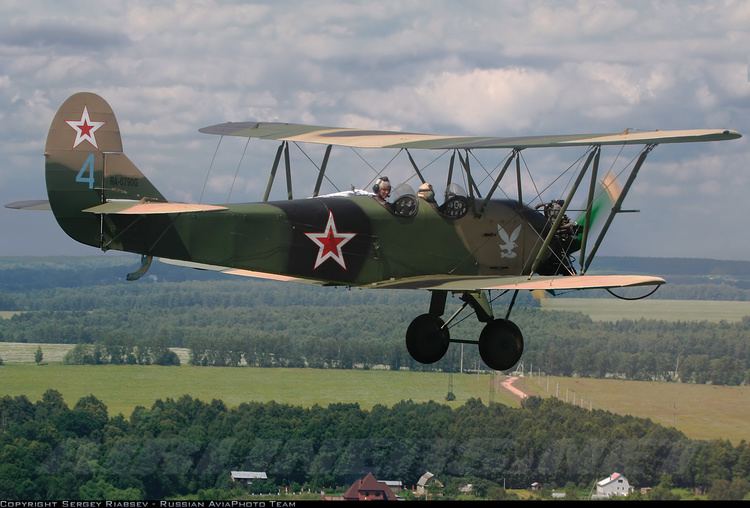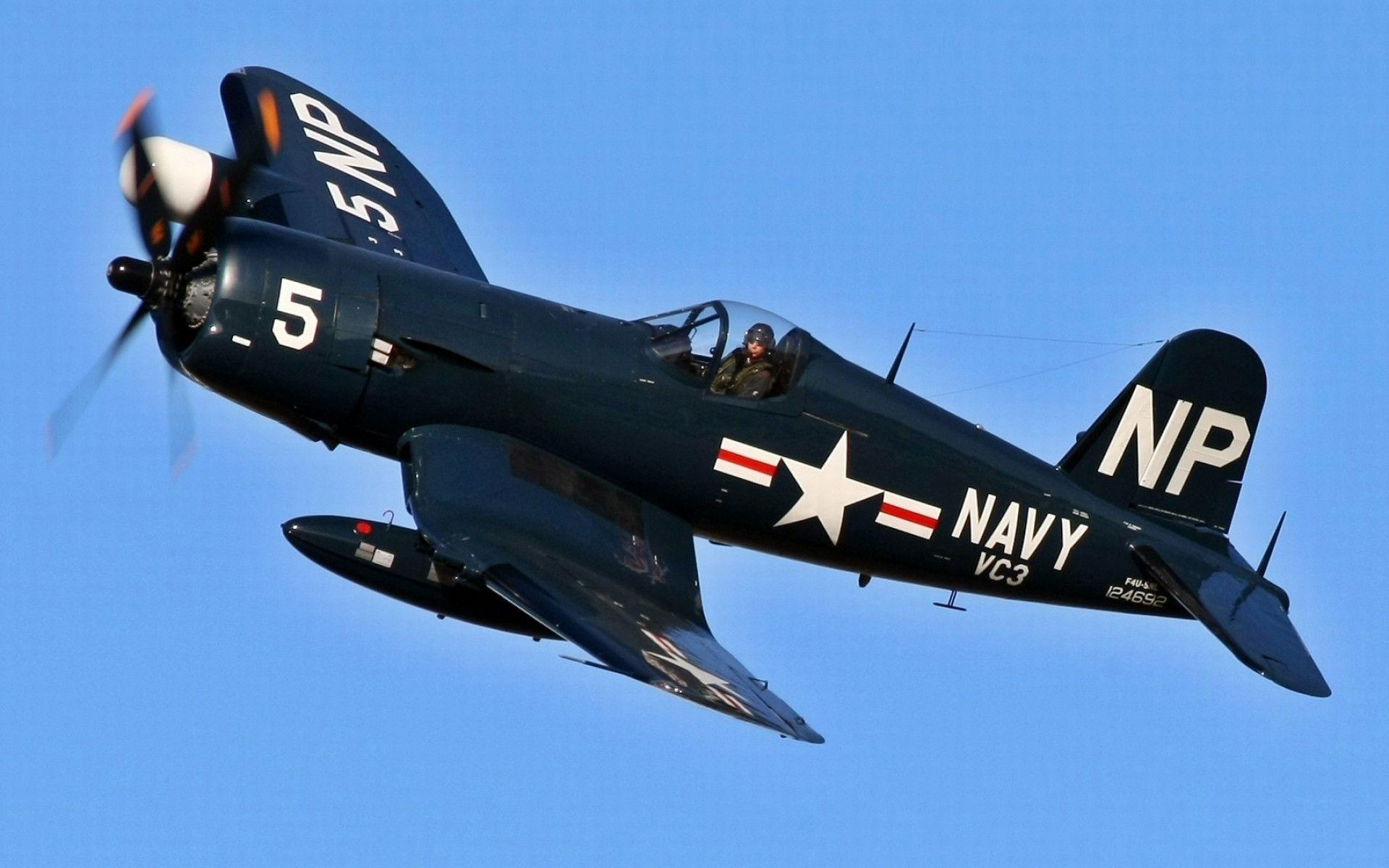The third of my father-in-law’s memories of his time commanding a platoon of 75mm recoilless rifles in 1952 Korea. The first post is here. The second post is here. My notes are in italic. What follows is an amazing tale of a low-tech threat at the dawn of the jet age.
Bed Check Charlie was the name
given to North Korean pilots flying ancient design single-engine biplanes. A
single plane would show up between midnight and 3:00 AM, flying by moonlight,
very low at near stall speed, keeping well under radar. It followed the MLR
(Main Line of Resistance) and dropped small explosives like hand grenades,
artillery and mortar shells at random. The sputtering engine could be heard a
long way off. The pilot sometimes shut the engine off and glided, only to
restart with a loud roar much lower and closer. His visits were completely random. He did not
keep to any time or date schedule other than flying left to right, on moonlit
nights. When finished, he returned directly to North Korea rather than
retracing his route over the front line.
Our bunkers had thick log and
sandbag roofs, plenty of protection from Charlie’s small explosives. Those on
guard duty outside had plenty of time to take shelter in a trench or foxhole.
For us, Bed Check Charlie was only part of the psychological warfare, along
with blaring bugles and loudspeakers. He was a sleep disturbing nuisance.
Since my brushes with these night visitors, I have learned more about these flights. They were more than a nuisance in the rear echelon. Here they dropped small explosives on Seoul starting fires and killing a number of civilians. In Inchon they touched off a blaze that destroyed five million gallons of fuel. A lucky drop hit a triple A (Anti-Aircraft Artillery) gun position, killing the gunners and destroying a gun. The airplane most used by the North Koreans was the Russian-built Po-2. It was probably the only type used in my area along the front line.
The Po-2 Polikarpov {the name of the designer, “Po” added to honor him} was a two-seat open cockpit Russian training plane built between 1928 and 1952. Top speed 93 mph, cruising speed under 70 mph, landing speed about 40mph.
Our interceptors were F-94 Starfire planes, early straight wing jets, which had a speed of 580 mph, lowest speed 160 mph. An F-94 flying at 110 mph did shoot one down, but also crashed after the kill. Other jets crashed into mountains trying to follow the slow biplanes at ground level. We tried transport planes dropping flares but they only blinded our pilots. Batteries of searchlights and anti-aircraft guns had little effect because they were flying so low.
The Fifth Air Force borrowed four
WWII Corsair F4U prop planes and crews from carriers in Task Force 77. These
planes carried 6 .50 caliber wing mounted machine guns and could fly slow
enough to engage the enemy planes. A Navy pilot from the carrier Princeton shot
down five making him the first “Bed Check Charlie ace”, and the only Navy ace
of the Korean War.
Eventually the airfield in North
Korea was located. On the night of 3/4 July 1953, B-52 strikes dropping
500-pound bombs obliterated the runways. Most of the night raiders were
destroyed on the ground by this and strafing Saber jets. That was the end of
Bed Check Charlie flights.
A month later, July 27, 1953, the Korean War
armistice was signed, ending the shooting war.
Platoon Leader, Korea
Sept 1952-June 1953
And a late adittion to the above from my father-in-law (9/20/2022):
I can still hear his snorting and
coughing engine flying at near stall speed along the front line. always on a
dark night, between about 2:00 and 4:00 AM, First, from far away, then closer
and louder, flying at about 100 feet or less.
It was overhead for only a few seconds, no time to get off a shot. Not
worth getting out of a warm sleeping bag when it was near zero outside.
Some on guard or in the forward
trenches took shots but I don't think they had time to do any damage to the
plane and never brought one down.
Continuing from his previous article:
Some observations:
The Korean War was probably the
last war to be fought by large armies facing each other on an open battlefield.
Modern technology has changed tactics.
The Korean War was the first war
fought with integrated US troops. D Company was about 10% Black soldiers. There
was no difference in performance of duty or treatment. Also it was the first
open fighting of the “Cold War”.
This war caused the rapid
development of jet aircraft, to catch up with Russia.
Nearly all WWII weapons we used
in Korea were replaced with lighter weight weapons with greater firepower. NATO
metric calibers replaced .30-06, .45, etc.
Army organization changed to the
more mobile army we now have.
Some reporters prefer to use the
word “Conflict” rather than war. I don’t know if Congress ever actually
declared war or not. For those of us who were directly involved, where 33,575
Americans were killed (including two of my college classmates) and over 100,000
were wounded, it can not be considered anything but a war.
Congress has never declared war since WWII,
but I agree it certainly was a war, rather than a “conflict” or “police action.” Likewise, Vietnam, our wars in Kuwait, Afghanistan and Iraq were also wars, though of differing intensity.
More about the Po-2 can be found here. They even nailed some jets on the ground while bombing airfields. Soft targets in the rear were more vulnerable than the front line. Since the planes were mostly wood and fabric, they had a very small radar signature, low-tech stealth. The Russians had used these planes (with better bomb racks) against the Germans in WWII. One squadron of women pilots was dubbed the Night Witches by the Germans.
There have been a number of
wars since where large armies have fought each other in the open field: the
Indo-Pakistani wars, the Arab-Israeli wars, the Iraq-Iran war, Desert Storm and
the invasion of Iraq. But the superpowers have not directly confronted each
other.


